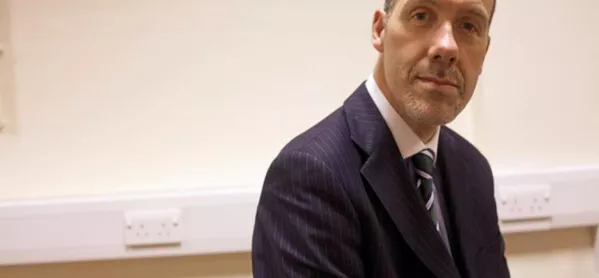Headteachers have questioned whether the Department for Education understands “how education works” after prime minister Boris Johnson’s announcement that all pupils would return to school in September.
Mr Johnson announced that pupils could return “with full attendance” in September as he revealed that the 2m social distancing rule would be reduced to “1m-plus”.
Coronavirus: Schools to return in September ‘with full attendance’
Related: ‘It’s a fantasy to see 1m rule as the key to full school return’
Williamson: ‘Bubble size may expand to take full class’
Geoff Barton, general secretary of the Association of School and College Leaders, in a video message to its members, said social distancing in schools had never been about keeping pupils apart by a certain distance but keeping different groups of children apart - a difficult prospect for secondary teachers.
“Even if you are now saying that social distancing doesn’t mean 2m, it means 1m, frankly that was always something of a non-starter in schools, and the original modelling wasn’t really looking at social distancing in that sense - it was more around, ‘How do you keep groups of children not to mix with other groups of children?’” he said.
Coronavirus: The problems for secondary schools
“The big concern in secondary was how do you manage to keep those children from mixing more widely in the community, which is why we had this bizarre situation of only 25 per cent of year 10 and year 12 being in school at any time, and that really wasn’t to do with the risk within the school - it was to do with trying to minimise the amount of movement in the community.”
Mr Barton said that while primary teachers could separate different groups of pupils, it was a different picture in secondary schools, where students have different ability sets and options blocks for their timetables. He questioned whether the DfE understood how “education works”.
“Whilst, on the watch of primary teachers, it is possible to keep those groups of children together relatively easily, because in primary you’re tending to teach those groups of children en masse, that all changes in secondary, and the higher up secondary the more it changes,” he said.
“So that, you know, you think about your Year 10s, for example, in secondary, starting with tutor time, the bell goes, they scatter to myriad different teachers.
“Even if they’re all doing maths, they’re going to be with different teachers because they’re probably going to be in different sets, then they’re going to move off to their geography, their history, their options lessons and so on - and we just need to make sure [the] department absolutely understands how education works there.”
Earlier today, Mr Barton described the idea that relaxing social distancing meant all pupils could return in September as “pure fantasy”.
And Mary Bousted, joint general secretary of the NEU teaching union, said: “Employers and school leaders have been thinking through the implications of social distancing in their school for many months. One would be forgiven for thinking the government has not.”
The unions were in talks with the DfE this afternoon regarding the relaxed rules and what this will mean for education.




